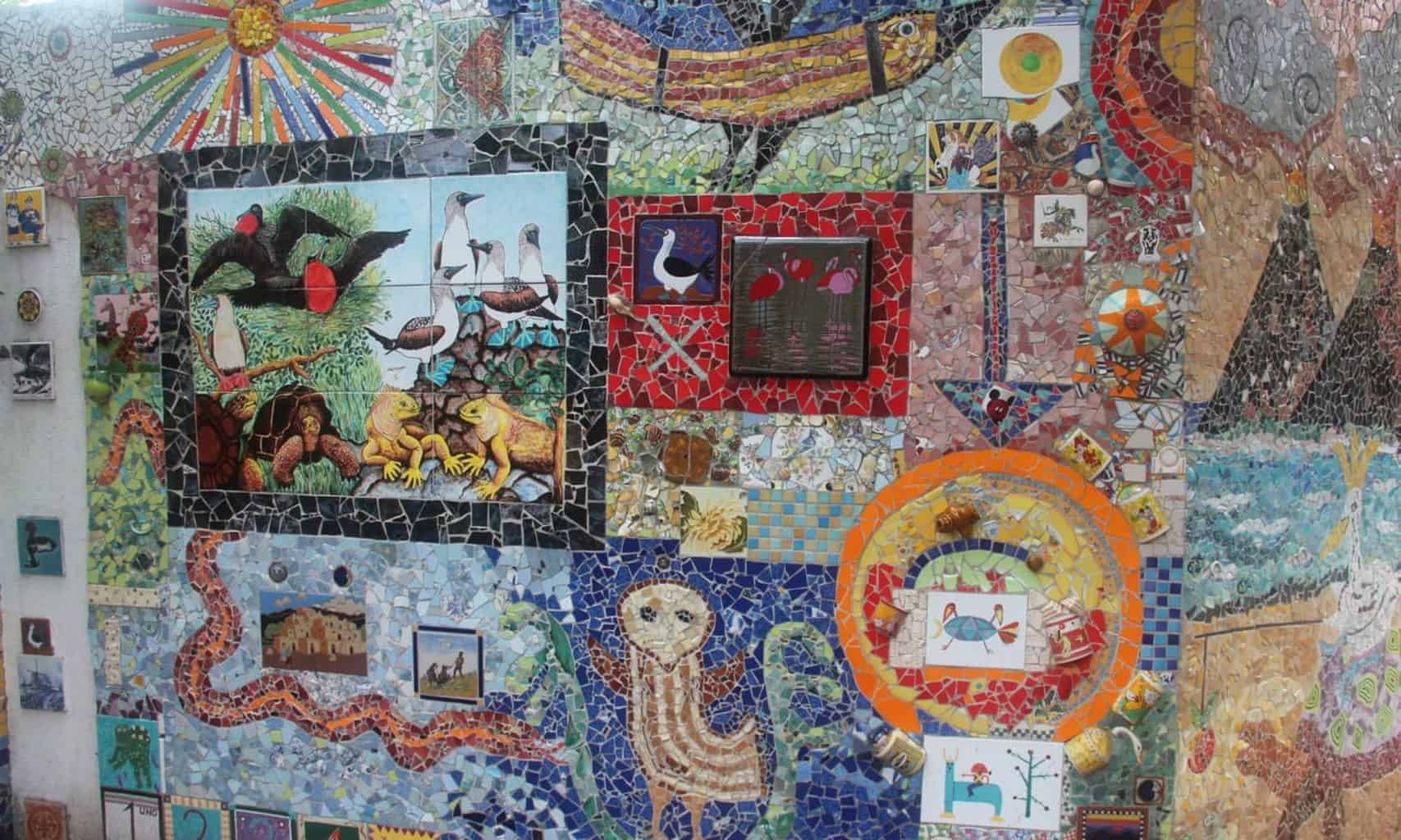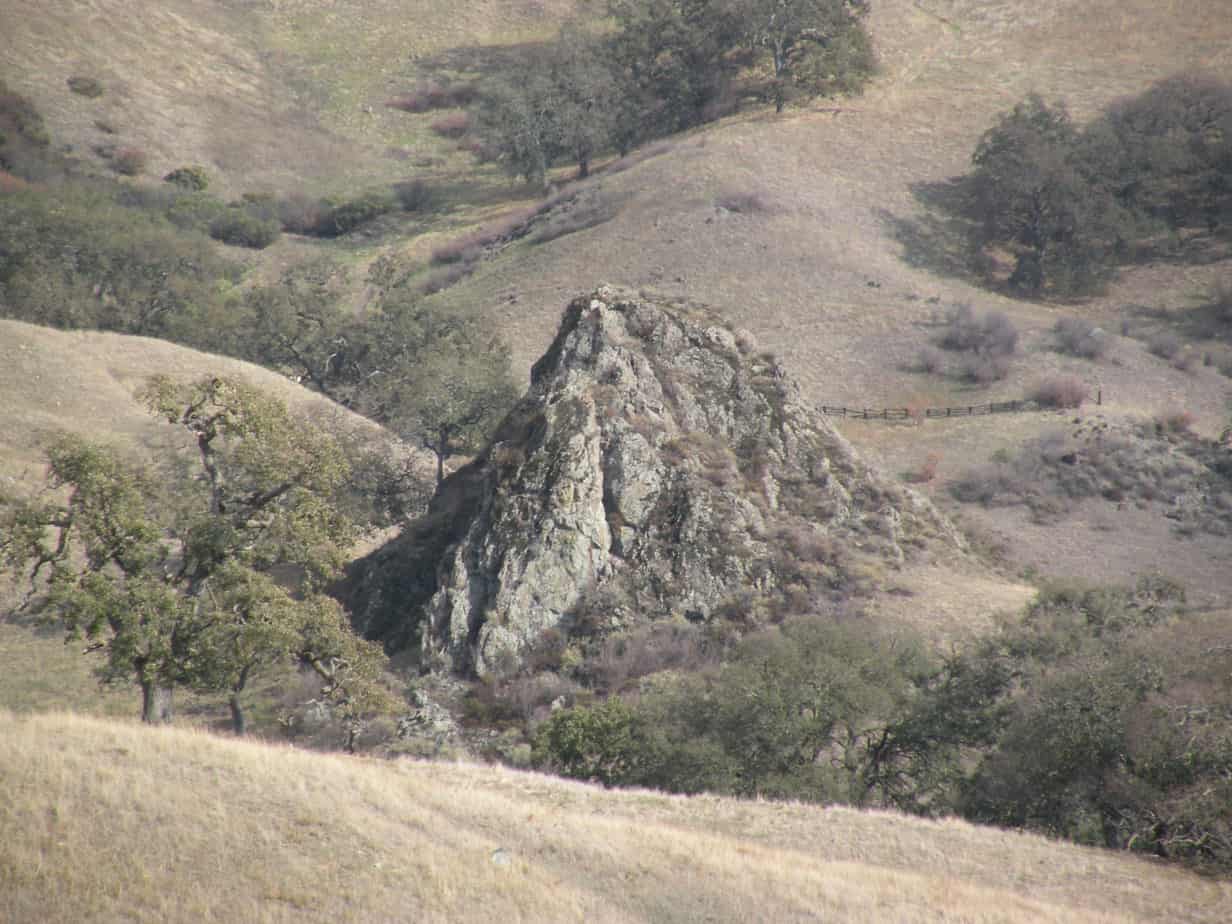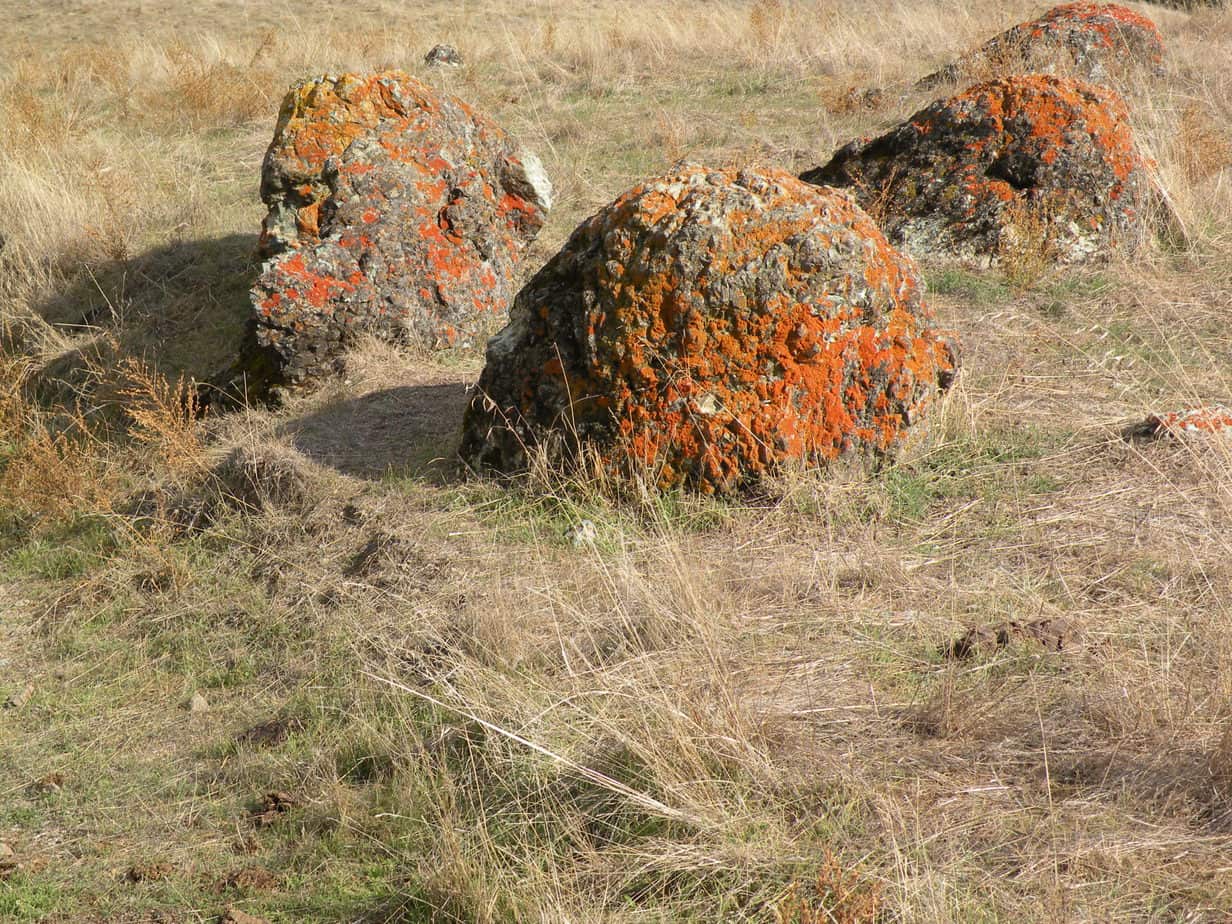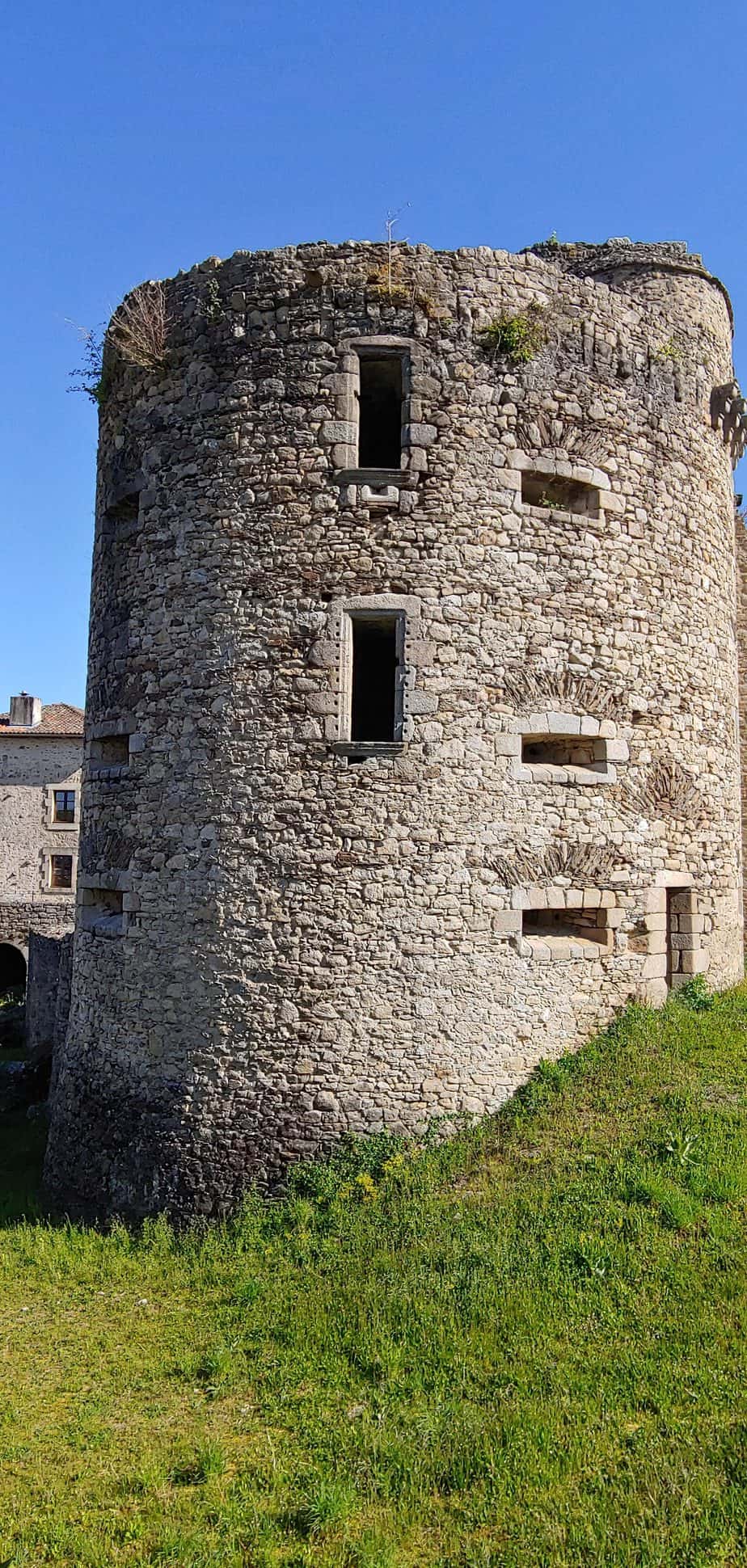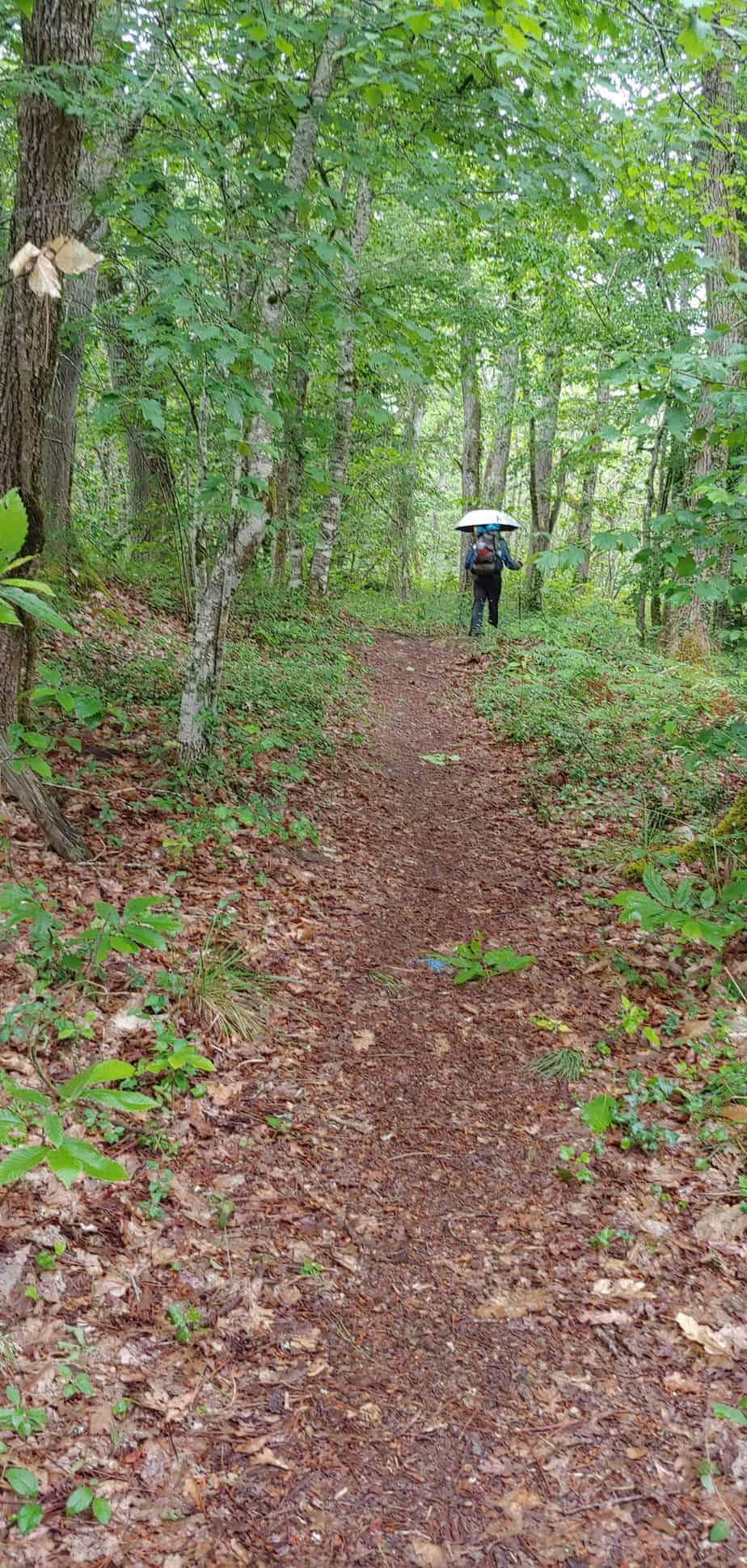
My new book, “Walk, Hike, Saunter: Seasoned Women Share Tales and Trails” will be published this fall.
For years, I have thought about writing a new book about women hikers; Covid 19 and its restrictions has helped it come to pass. It’s not that I wanted to be told to shelter-in-place, or to have to cancel exciting travel plans, but at least this time has provided an opportunity to do something creative at home.
Walk, Hike, Saunter…
is for hikers, especially women, who are looking for motivation, encouragement, information, and inspiration to put on their trail shoes and get on hiking trails here and abroad. It features the contributions of thirty-two wise women, all 45 years of age or greater, who share their sometimes humorous, occasionally frightening, always open stories of the joy walking brings to their lives.
How and where—the sharing begins
They tell where they hike, and how they keep going when things get tough. The stories they tell are the ones they would share at hiker gatherings and around a campfire (if time and circumstances allow).
There’s more to come!
We’ll soon be posting more details about the book here—in particular the names of some of the women who are included. If you are active in the long-distance hiking community, you’ll recognize several because of their extraordinary feats—such as earning the Triple Crown Award for completing the Appalachian, Continental Divide, and Pacific Crest Trails.
However, there’s something for all hikers
Walk, Hike, Saunter is for anyone who hikes—whether in their neighborhood, on the paths in their local parks, or along long-distance trails in the U.S. or abroad.
This has been a wonderful project for me because of all the generous and accomplished women I have been able to work with—hearing their stories has been inspiring—and helped me stay (somewhat) sane during these trying times.
I am very excited that we at Shepherd Canyon Books will soon be able to share Walk, Hike, Saunter with readers.
Cheers,
Susan Alcorn
